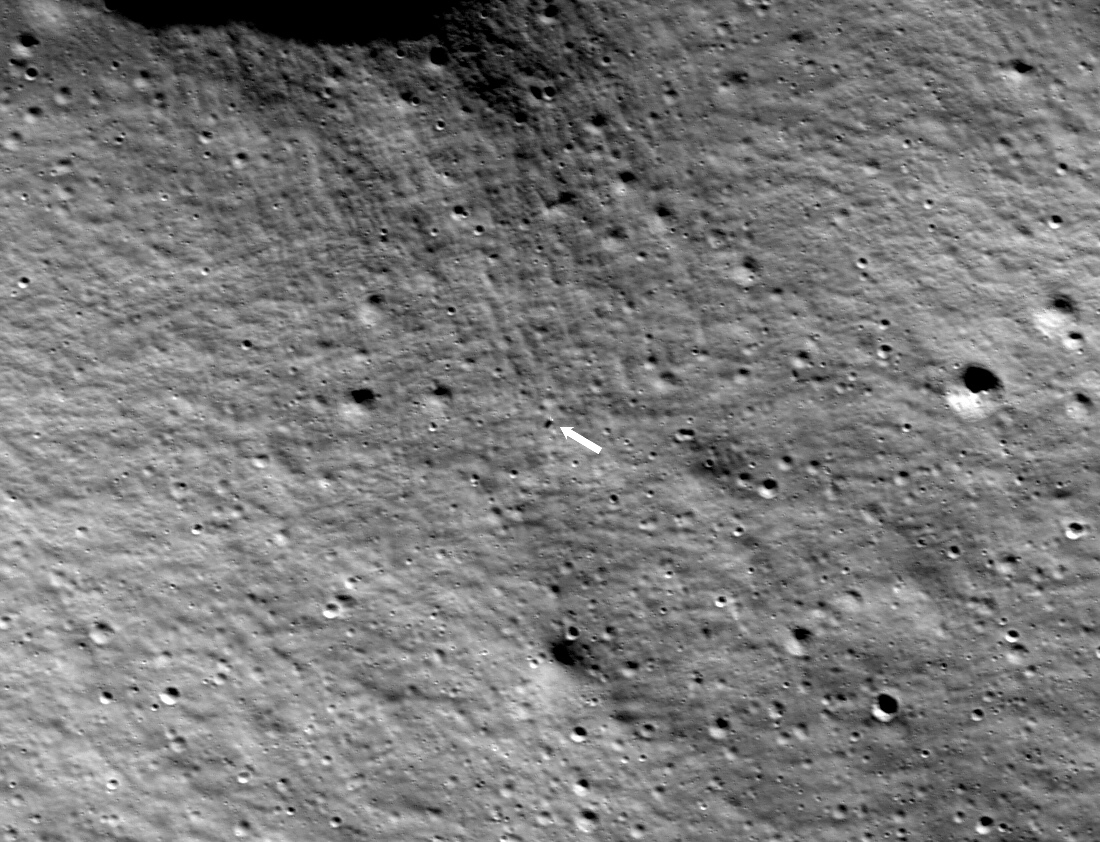WASHINGTON — Intuitive Machines said Feb. 26 it expects to communicate with its Odysseus lunar lander, tipped on its side on the lunar surface, for only one more day, a much shorter timeline than previously expected.
In an update posted Feb. 26, the first since a Feb. 23 briefing where the company revealed the Nova-C lander likely tipped over while landing the previous day, the company released a low-resolution image taken by the spacecraft after landing. The image showed part of the lander and the shadow it cast on the surface, but few other details about the health and status of the lander. The company also released an image taken during the lander’s descent.

The company said the lander “continues to communicate with flight controllers†but did not disclose how much data that the spacecraft has returned beyond those images. At the Feb. 23 briefing, Intuitive Machines executives said they were working to reconfigure antennas to increase downlink rates but did not estimate what sort of data rates they expected.
“We expect to get most of the mission data down once we stabilize our configuration,†said Tim Crain, chief technology officer of Intuitive Machines, at the briefing.
“Flight controllers intend to collect data until the lander’s solar panels are no longer exposed to light. Based on Earth and Moon positioning, we believe flight controllers will continue to communicate with Odysseus until Tuesday morning,†or Feb. 27, the company stated.
That would be a shorter mission than originally planned. In its press kit issued before the launch of the IM-1 mission, Intuitive Machines stated that it expected the lander to operate for about seven days “before the lunar night sets on the south pole of the Moon, rendering Odysseus inoperable.†At the Feb. 23 briefing, Crain offered a “best-case scenario†of 9 to 10 days of operations after landing.
It’s unclear how the limited lifetime and low data rates will affect operations of its payloads. That includes EagleCam, a payload developed by students at Embry-Riddle Aeronautical University (ERAU) intended to separate from the lander during its final descent and take images of the landing. EagleCam was not deployed during the descent because of software changes in the lander made after its laser rangefinders failed to operate.
ERAU said Feb. 25 that the EagleCam team was studying how to deploy EagleCam while on the surface, but it was uncertain if that could be accomplished, and any images it takes returned to Earth, before the lander loses power and communications.
The IM-1 landing location has now been identified using images from NASA’s Lunar Reconnaissance Orbiter (LRO) released Feb. 26. The images, Intuitive Machines said, show that the spacecraft touched down about 1.5 kilometers from its intended landing site near Malapert A crater. Crain said at the Feb. 23 briefing that he expected a landing accuracy of within two to three kilometers based the performance of the spacecraft’s optical navigation system.
However, that site may have complicated the landing. The landing site is described by NASA as a “degraded†crater about one kilometer across. The slope of the landing site is a relatively steep 12 degrees, which Mark Robinson, principal investigator for the LRO camera, described as “sporty†in a post about the images.
The stock market was reacting negatively to the news about IM-1. Shares in Intuitive Machines were down more than one third in trading midday Feb. 26 on the Nasdaq exchange. Those shares were still trading higher than before the Feb. 15 launch of the mission.
Related
Read the original article here



